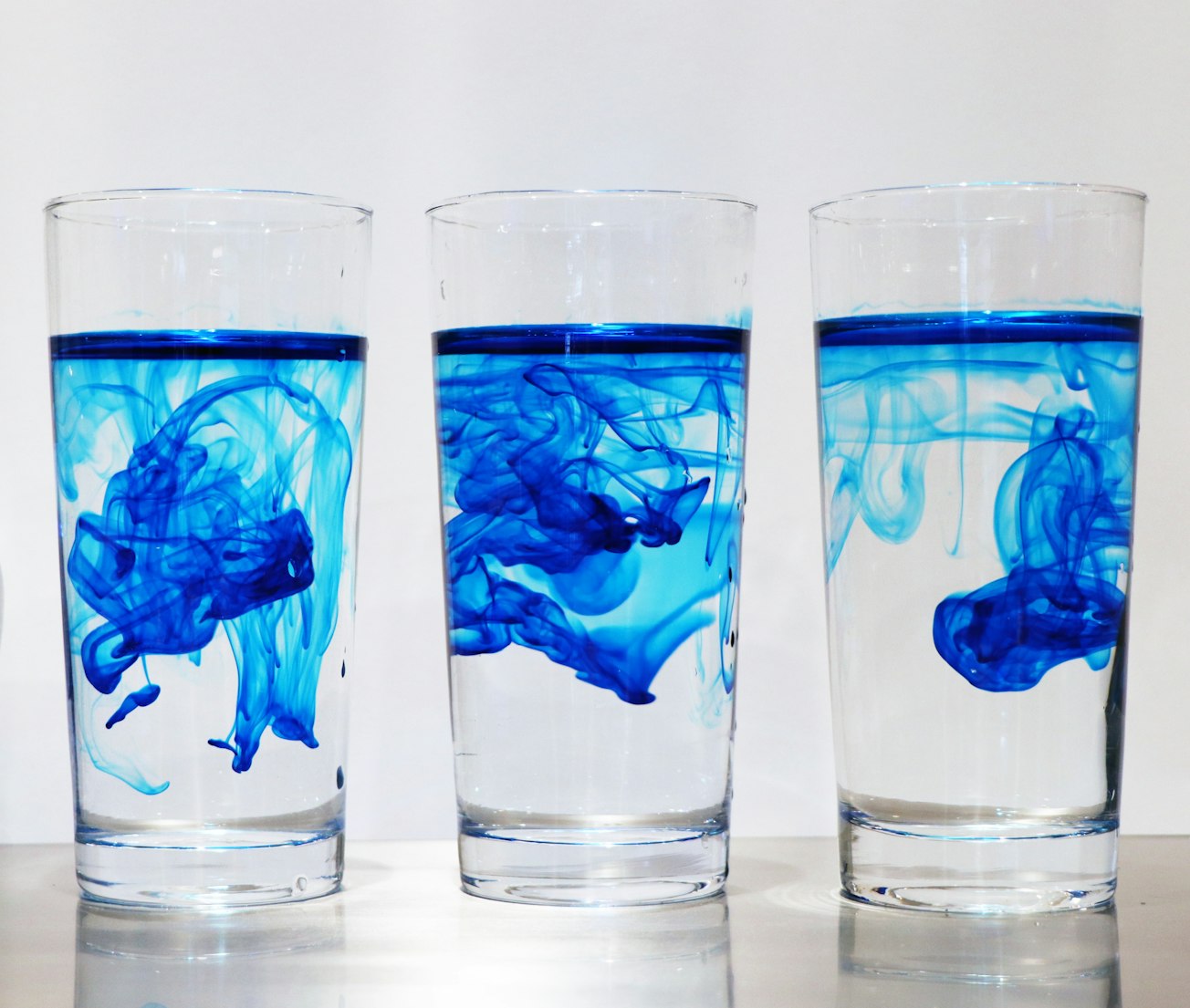What is it about?
The discussion on the detection of single molecules in liquids and live cells is taken place in the Linkedin Group 'Super-Resolution Microscopy (Nanoscopy)' in 2020: One has to put forward the right question. The practical importance of this question is related to the experiments carried out with living cells to distinguish ergodic from non-ergodic behavior. Let us assume that we have measurement data for the mean square displacement (MSD) based on time averages extracted from non-ergodic systems. Then, the question was asked. how many of these infinite tracks are needed to get the same scaling exponent resulting from the sample average of an ergodic system. The results showed that a selection of a few non-ergodic tracks allows us to represent in the mean of non-ergodic measurements the same scaling behavior as in ergodic systems: to formulate the problem precisely read under https://www.ncbi.nlm.nih.gov/pmc/articles/PMC3195905/
Featured Image

Photo by Chaozzy Lin on Unsplash
Why is it important?
The discussion on the detection of single molecules in liquids and live cells is taken place in the Linkedin Group 'Super-Resolution Microscopy (Nanoscopy)' in 2020. Posts by Volodymyr Nechyporuk-Zloy and comments as well as replies serve as a basis for a brief summery given here. Volodymyr Nechyporuk-Zloy: Do you assume that there is substantial casual relation between two, three or a few single molecules (events)? Maybe the relation can be neglected in measuring localization confidence for quantifying accuracy and heterogeneity in single-molecule super-resolution microscopy? Answer: Performing single-molecule microscopy/nanoscopy ‘at the single-molecule level’ can stand for events involving one, two, three and a few molecules, but not lots of molecules. If one simultaneously measures two, three or a few single molecules (events), it is the same situation as if one averages over 10^17 molecules; it is meaningless for investigations of an individual molecule. See: David M. Jameson, Justin A. Ross & Joseph P. Albanesi (2009) Biophys. Rev. Springer 1(3): 105-118: We also note a series of theoretical studies by Földes-Papp (Földes-Papp 2006, 2007a, b), which present thought-provoking discussions of “true” single molecule FCS approaches. - Földes-Papp Z (2006) What it means to measure a single molecule in a solution by fluorescence fluctuation spectroscopy. Exp Mol Pathol 80: 209–218 - Földes-Papp Z (2007a) Fluorescence fluctuation spectroscopic approaches to the study of a single molecule diffusing in solution and a live cell without systemic drift or convection: a theoretical study. Curr Pharm Biotechnol 8: 261–273 - Földes-Papp Z (2007b) 'True' single-molecule observations by fluorescence correlation spectroscopy and two-color fluorescence cross-correlation spectroscopy. Exp Mol Pathol 82: 147–155 The basic results are due to Markov processes, see: https://www.ncbi.nlm.nih.gov/pubmed/25543662 The thermodynamic Single-Molecule DEMON: How to avoid him in the measurements of dilute liquids and live cells without immobilization or flow: https://www.linkedin.com/pulse/thermodynamic-single-molecule-demon-zeno-földes-papp/?trk=public_profile_article_view
Perspectives
The discussion on the detection of single molecules in liquids and live cells is taken place in the Linkedin Group 'Super-Resolution Microscopy (Nanoscopy)' in 2020: The final result of the concept of fluctuations due to the same molecule - this thermodynamic concept was first established by Z. Földes-Papp - is the 'Single-Molecule Time-Resolution of translational Diffusion' without hydrodynamic flow or immobiization. See under: http://publicationslist.org/Zeno.Foldes-Papp
RETIRED - PRESERVE FROM BEING FORGOTTEN: Professor Zeno Földes-Papp [Biochemist, Gerontologist (Biochemiker, Geriater)]: Laying the Foundation of Single-Molecule Biophysics & Biochemistry Based On the Stochastic Nature of Diffusion: The Individual Molecule, from the Mathematical Core to the Physical Theory. -- I hope that my humble scientific work will be well received by the communities of single-molecule imaging and spectroscopy and by all users of these technologies as well as biotechnologies in the various and different disciplines:
Head of Geriatric Medicine (Medical Director of the Geriatric Service: Sektionsleitung Geriatrie) at Asklepios Klinikum Lindau (Bodensee), Bavaria, Germany
Read the Original
This page is a summary of: ‘True’ single-molecule molecule observations by fluorescence correlation spectroscopy and two-color fluorescence cross-correlation spectroscopy, Experimental and Molecular Pathology, April 2007, Elsevier,
DOI: 10.1016/j.yexmp.2006.12.002.
You can read the full text:
Resources
Article
‘True’ single-molecule molecule observations by fluorescence correlation spectroscopy and two-color fluorescence cross-correlation spectroscopy
Original Research Article
Single-molecule time resolution in dilute liquids and live cells at the molecular scale: Constraints on the measurement time. Am J Transl Med 2021. 5 (3):154-165.
Contributors
The following have contributed to this page







